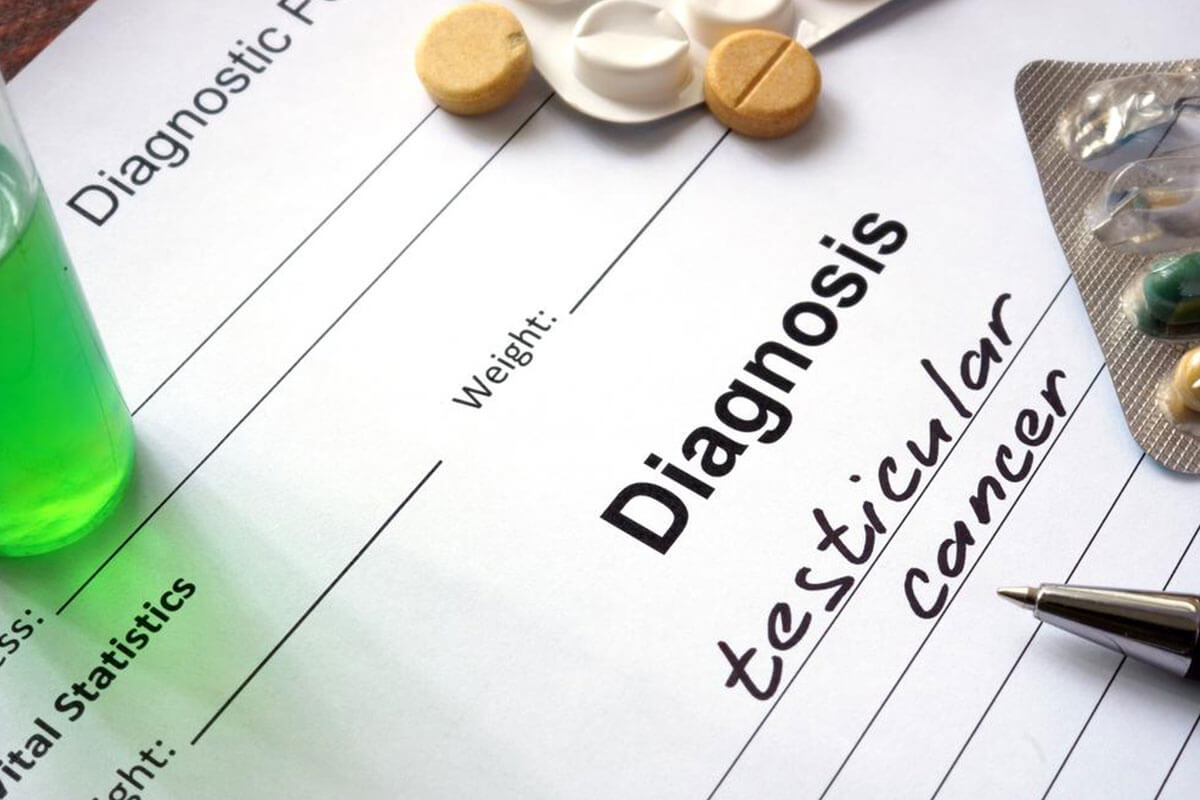Lifesaving Testicular Cancer Treatment Options You Should Know About
The development of cancerous cells in the testicles, generally observed as a lump in the testicles, is called testicular cancer. Testicular cancer is disease that can be fatal. Here are the lifesaving testicular cancer treatment options you should know about.
*body*
Testicular cancer can be described as a disease where cancerous cells are formed in the testicles. The testicles are testosterone and sperm producing glands which are placed in the scrotum sac (loose skin that is located below the penis).

There are various testicular cancer treatment options such as chemotherapy, surgery and radiation therapy, however there are certain drawbacks or side effects that may or may not occur depending on the stage of cancer that the patient is on. Side effects may include infertility and problems in the sexual functioning of the patient. The following are different kinds of testicular cancer treatment options that are made available for the patients diagnosed with this disease.
- Radiation Therapy
Radiation therapy is characterized by the use of external beam radiation directed at the infected areas. The radiation causes irritation among the infected cells, the normal cells have enough time to recover from the damage caused while the cancerous cells are weak and do not recover from the damage. Hence there are a number of sessions arranged for testicular cancer treatment through radiation therapy. Each radiation therapy helps to kill or destroy the infected cells but it also has severe side effects such as fatigue, diarrhea, nausea, vomiting and excessive weakness that need to be taken care of.
- Radical Inguinal Orchiectomy
In this type of testicular cancer treatment, the testicle that has the cancerous cells is surgically removed in order to prevent the cancer from growing and spreading to the other healthy cells of the body. Radical inguinal orchiectomy is a surgery where the testicles are carefully removed from the scrotum sac by making a small cut in the pubic area. This testicular cancer treatment requires intensive care to avoid any infections due to the surgical wound.
- Retroperitoneal Lymph Node Dissection (RPLND)
This is a surgical procedure that involves the removal of the lymph nodes, located in the back of the lower abdomen area. Testicular cancer treatment of this kind is recommended to patients that have already progressed to stage 2 of testicular cancer wherein the cancerous cells have spread and damaged the lymph nodes, generally placed around the aorta. It is not mandatory for all patients to go through this surgical procedure, hence it is important to seek the advice of your doctor to understand which testicular cancer treatment is ideal for you.
- Chemotherapy
Testicular cancer treatment with the use of drugs either swallowed or injected into the veins of the patient is called chemotherapy. Chemotherapy is recommended to patients when the cancer has begun to spread out of the testicles. This form of testicular cancer treatment is provided in cycles. Chemotherapy can cause certain side effects such as infertility, fatigue, nausea, anemia, sore throat, loss of appetite, severe hair loss, and also affect the other organs of the body.
- High Dose Chemotherapy (with Stem Cell Support)
This type of testicular cancer treatment is offered in the progressive stages of cancer, which necessitates a higher dose of chemotherapy given to the patient with stem cell support. Stem cells are taken from the patient’s bone marrow prior to the treatment, which are then infused into the patient’s veins after the high dose chemotherapy which helps the patient to regain new blood cells in the body. This procedure is also known as stem cell transplant.
Depending on the stage of your cancer as well as your overall health, your doctor will recommend the types of testicular cancer treatment that are most appropriate for you.


